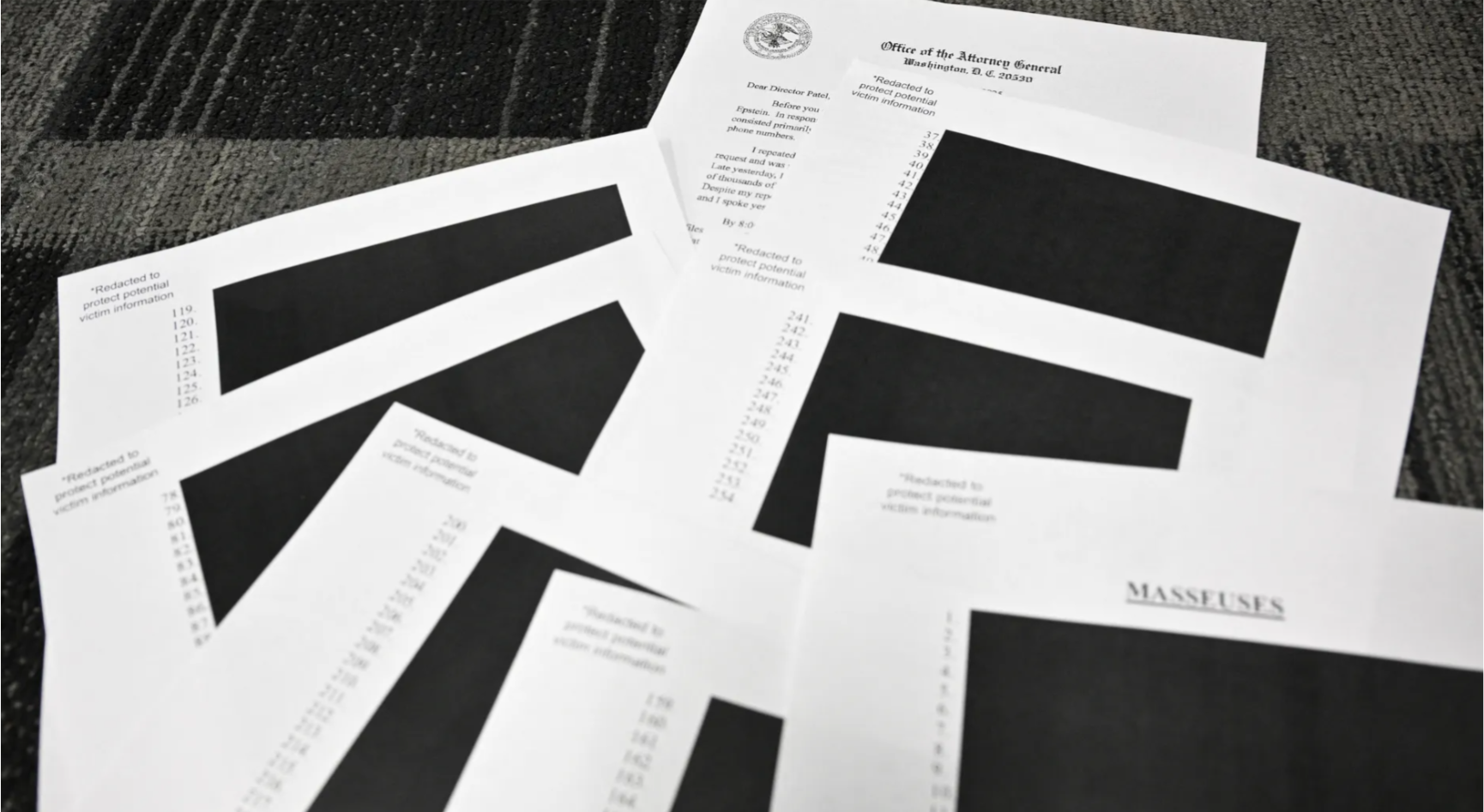(ThyBlackMan.com) You’ve probably heard about “pink slime,” the nutritionally questionable, ground beef filler treated with ammonia that has graced school cafeteria and fast food menus for decades. Well, if you thought that was bad, you haven’t seen anything yet.
Here are nine more gross ingredients that might be in your next bite of food…
1. Mushrooms
The FDA legally allows 19 maggots—tiny, rice-shaped fly larvae that feast on rotting foods—and 74 mites in every 3.5-ounce can of mushrooms.
2. Salad Dressing
Big food corporations often add the chemical titanium dioxide – commonly found in paints and sunscreens – to processed foods like salad dressing, coffee creamers, and canned icing to make them appear whiter.
3. Chewing Gum
But that’s basically what it is: an oily secretion found in sheep wool. We mostly think of lanolin in terms of skincare products, but it is also used as a softening agent in the manufacturing of chewing gum.
think of lanolin in terms of skincare products, but it is also used as a softening agent in the manufacturing of chewing gum.
4. Shrimp
Depending on where your shrimp comes from, it could be tainted with chemicals used to clean filthy shrimp-farm pens. Just as disgusting, farmed shrimp from overseas is often full of antibiotics, mouse and rat hair, and pieces of insects.
5. Beaver glands
You’ll find castoreum, the dried perineal glands of beavers, used as a strawberry, raspberry or vanilla flavoring in some candy, gum, gelatin, and pudding.
6. Human or hog hair, or duck feathers
When you see L-Cysteine on the ingredient label for bread or bagels, know that it’s an amino acid derived from dissolved human hair (often from China) or duck feathers. Food manufacturers use the ingredient as a commercial dough conditioner, meant to improve the texture of breads and baked goods.
7. Sprayed-on viruses
To combat the threat of listeria, the FDA allows food producers to spray deli meats with the same bacteriophages that hospitals use to kill germs.
8. Insect parts
The female Lac beetle gives us the ingredient shellac—sometimes called “confectioner’s glaze”—used to make candy and fruit (and furniture) shiny. Carmine, commonly used as a red food coloring for fruit juices and candy, is made from the shells of desert beetles.
9. Wood pulp
Tiny pieces of plant fibers and wood called powdered cellulose are used to make some types of low-fat ice cream seem more creamy. It’s also used to prevent some shredded cheese from clumping.
Written By Felicia Vance

















Leave a Reply